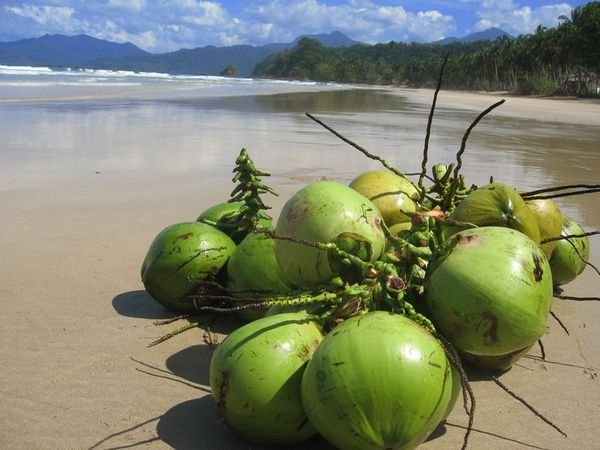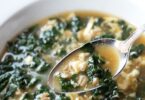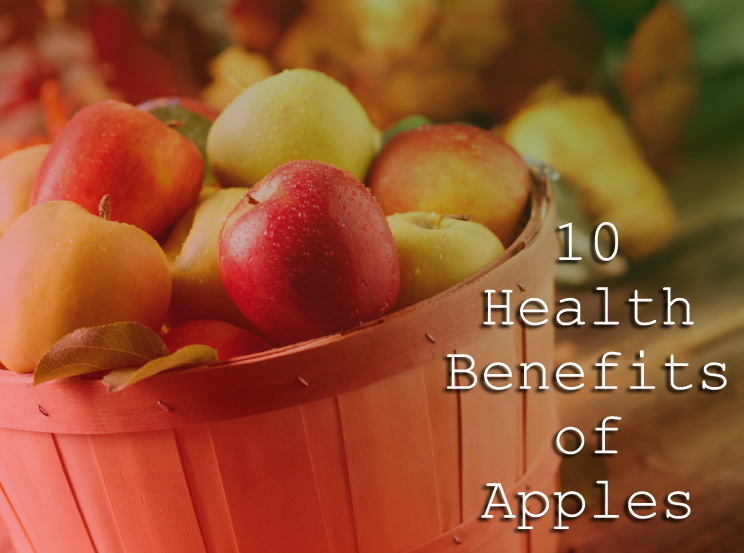Part of the fun of travel is trying new foods and exploring all the great flavour combinations brought about by foreign ingredients and cooking styles. Even if you’re not usually an adventurous eater, sometimes a break from your normal eating habits and an exposure to diverse ingredients can bring you a new enthusiasm for cooking when you get home. You might discover a drink made with tropical fruit that you’ve never tried, or a fish that you wouldn’t have thought tasted so good. Or perhaps, you might even find a way to present what you eat so that it appeases your eyes as well as your palate.
One of the most surprising and interesting culinary destinations is Fiji. The combination of cuisines brought in by the original Polynesian settlers, the Indian immigrants who came under British rule and the British and other European colonists who passed through the region make Fiji’s food an eclectic presentation of history on your plate. Shaped also by the plentiful and fresh ingredients growing on the islands and in the waters of the archipelago, Fiji’s food is quite fun to explore. Most resorts will have opportunities for guests to try local foods as well as the more familiar international fare you can find at home. A few resorts and restaurants will also offer classes or workshops in how to prepare Fijian or Indo-Fijian cuisine, so that you can take some of the flavours and techniques home with you as an extra-special souvenir. Ask at your resort for options. If you’re reading this and still looking for a means to travel on your holiday, you can find cheap flights to Fiji at this link.
While visiting Fiji, don’t miss trying these excellent, typical dishes of the islands.
Kokodo
A savoury, tangy, spicy and yet somewhat sweet fish dish, kokodo is an island staple that beautifully combines many elements of why Fijian food is so delicious. Kokodo is made with the flesh of fresh mahi-mahi, which is then marinated in lime juice and later mixed with sweet coconut milk, chopped onion, hot chili peppers and tomato. The lime juice’s acids “cook” the fish but don’t change the texture of the mahi-mahi meat like frying or boiling would. The coconut milk thickens the marinade, making it seem more substantial in your mouth than a similar South American ceviche might. If you don’t like spicy food then beware because the usual preparation of kokodo is quite fiery.
Lovo
Similar to the Maori hangi, a lovo is the traditional way to prepare a Fijian feast. Many resorts will have nightly or weekly lovo for their guests to enjoy. Preparing the lovo takes several hours, if not a whole day, because it often includes whole fish or large pieces of lamb or pork. The meats are wrapped in taro leaves and set in a pit on top of heated rocks. Once all of the meats and vegetables are in the pit, the pit is covered with loose earth and left to bake. The moisture from the ingredients and leaf wrappers both steams and flavours the feast.
Indo-Fijian Curry
It’s a bit unfair to lump Indo-Fijian curry into only one category because like Indian curry, there are as many different styles of this curry as there are cooks who make it. Unlike the curry you’d find in India (or back home in New Zealand, for that matter) the curries in Fiji use native ingredients such as cassava. As with the kokodo, curry here can be quite spicy, so ask them to go easy on the chili if you don’t like hot flavours. If you do like spicy food, then rejoice because the Indian spices have also influenced many traditional dishes that are otherwise cooked in Polynesian style.
[ curry image via ]Taro-Based Dishes
Taro root is an essential staple of the Fijian diet. This starchy root is eaten fried, boiled and baked while its elephant-ear-shaped leaves wrap ingredients for the lovo and are also used as an ingredient. One way to cook the leaves is to boil them in coconut milk or water and eat them like cabbage.
With such rich culinary traditions to draw from, and so many fresh and unique ingredients to use, it’s no wonder that Fijian cuisine offers many lovely surprises to tourists. Which leaves most arriving visitors with one important question: what should you try first?










